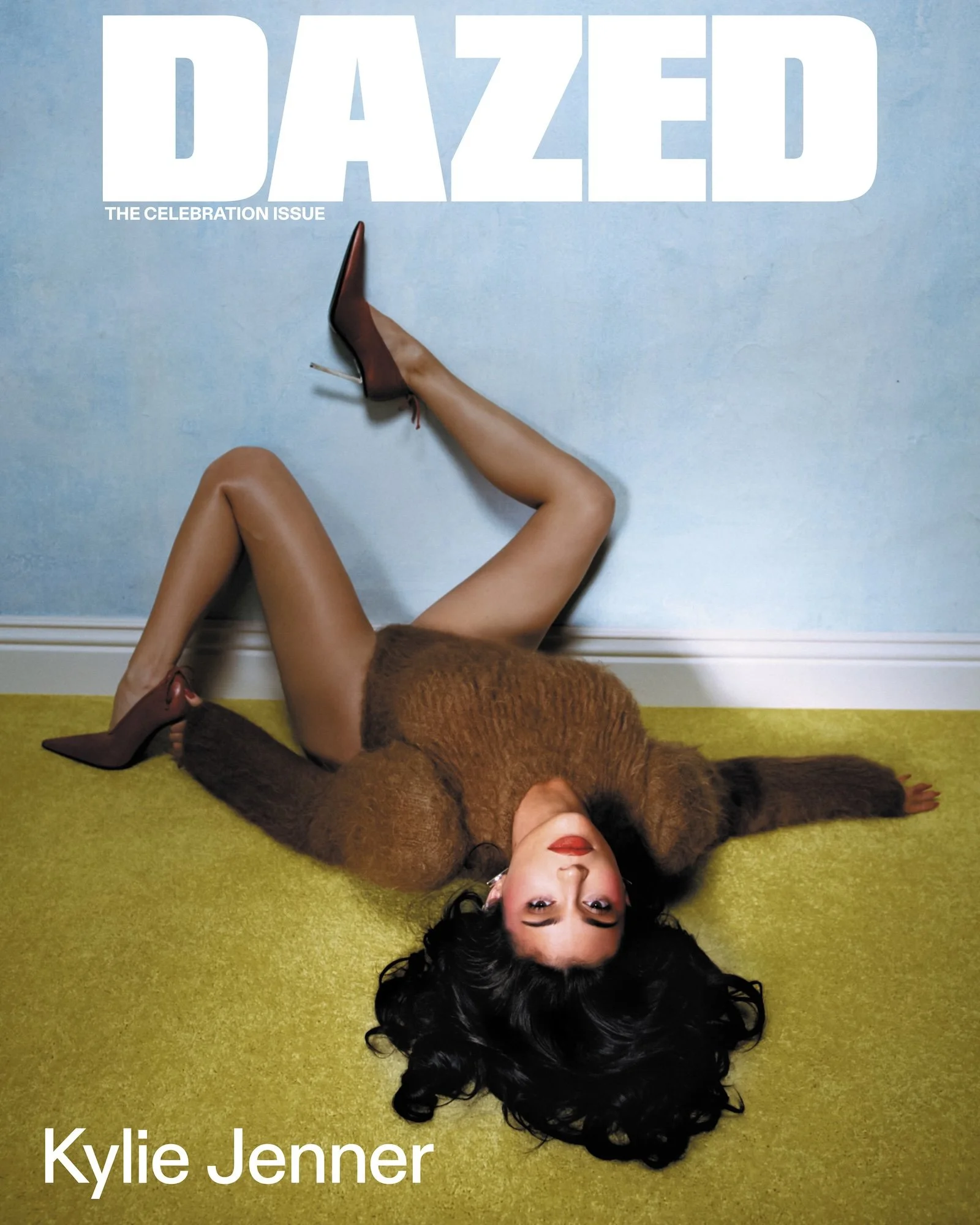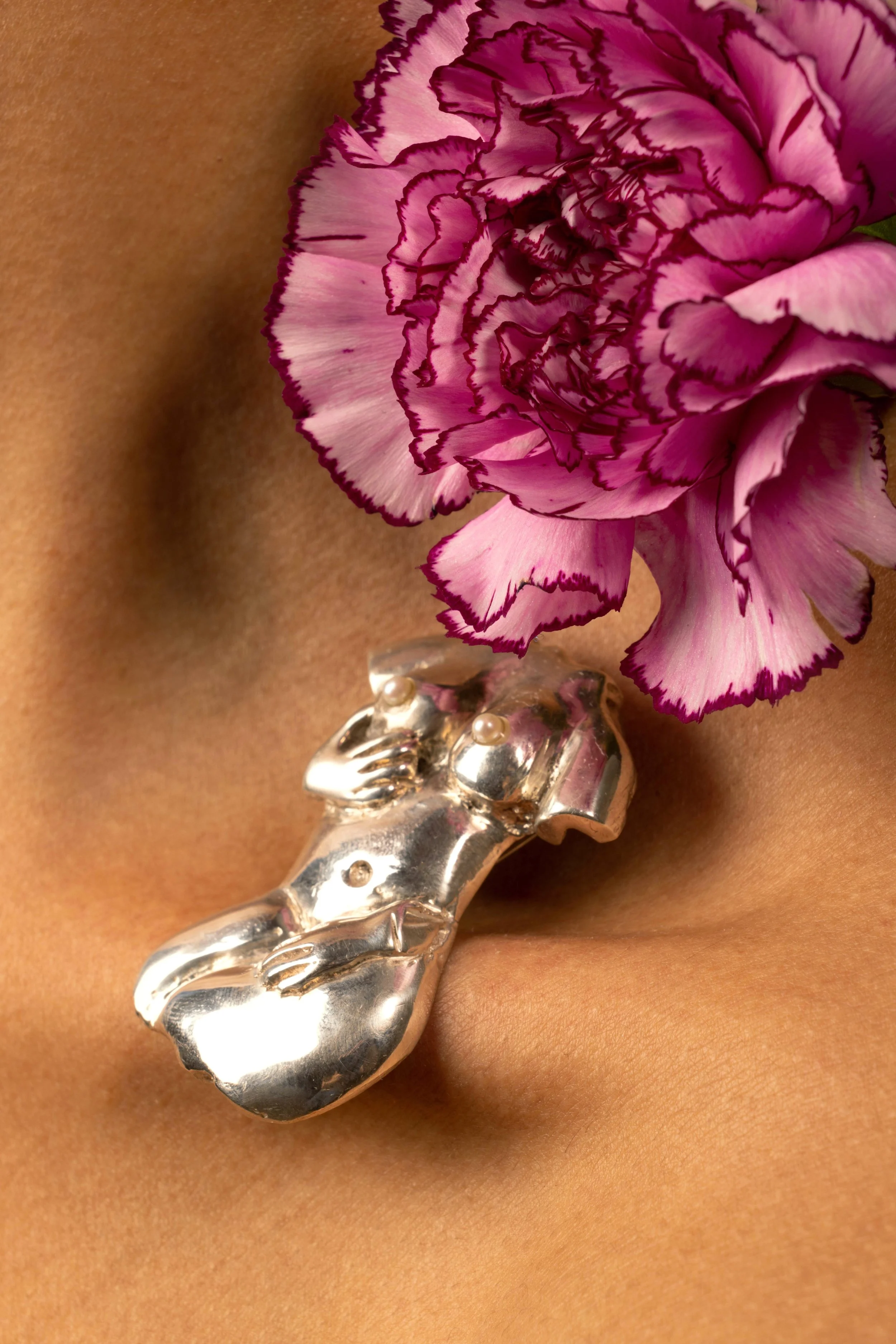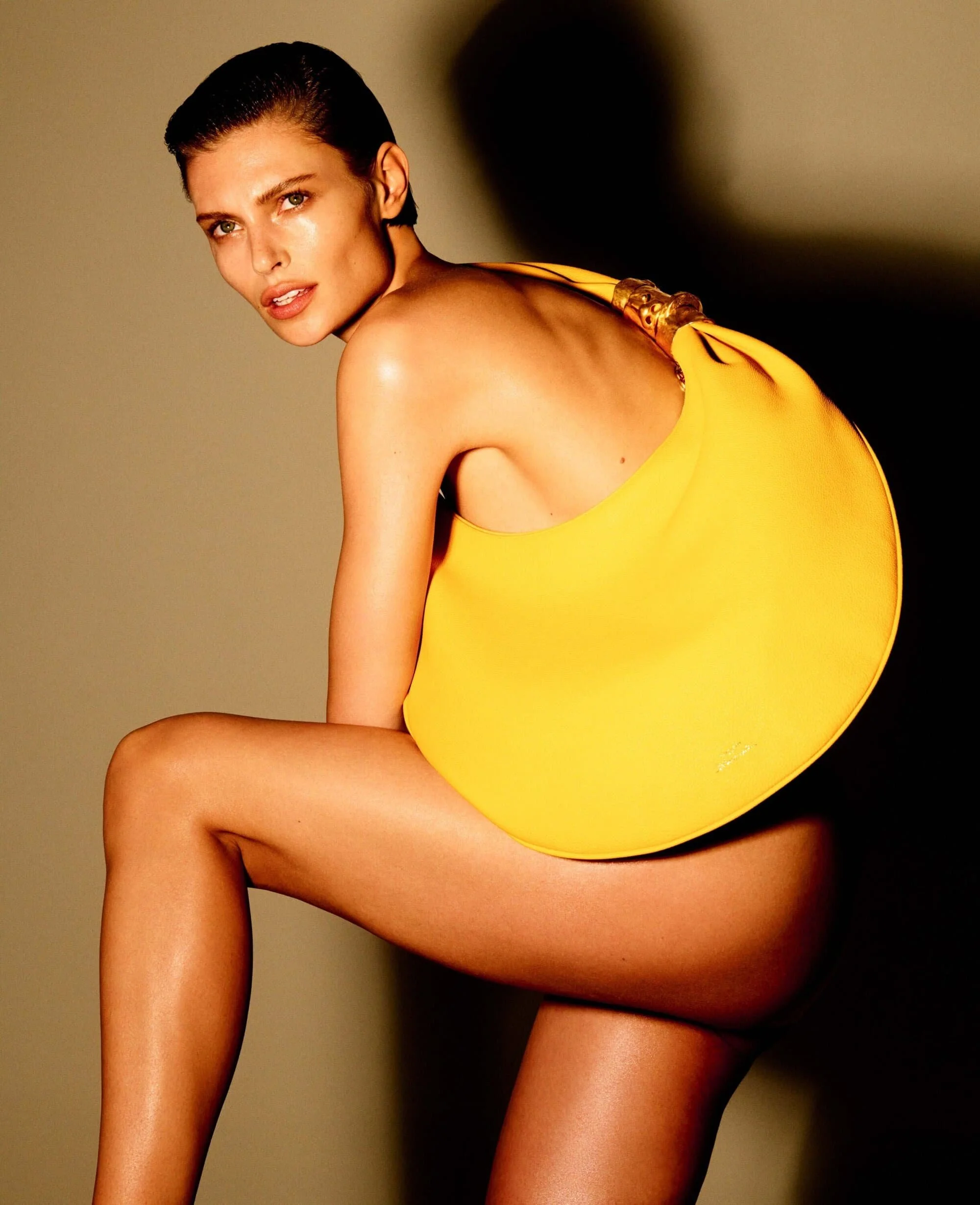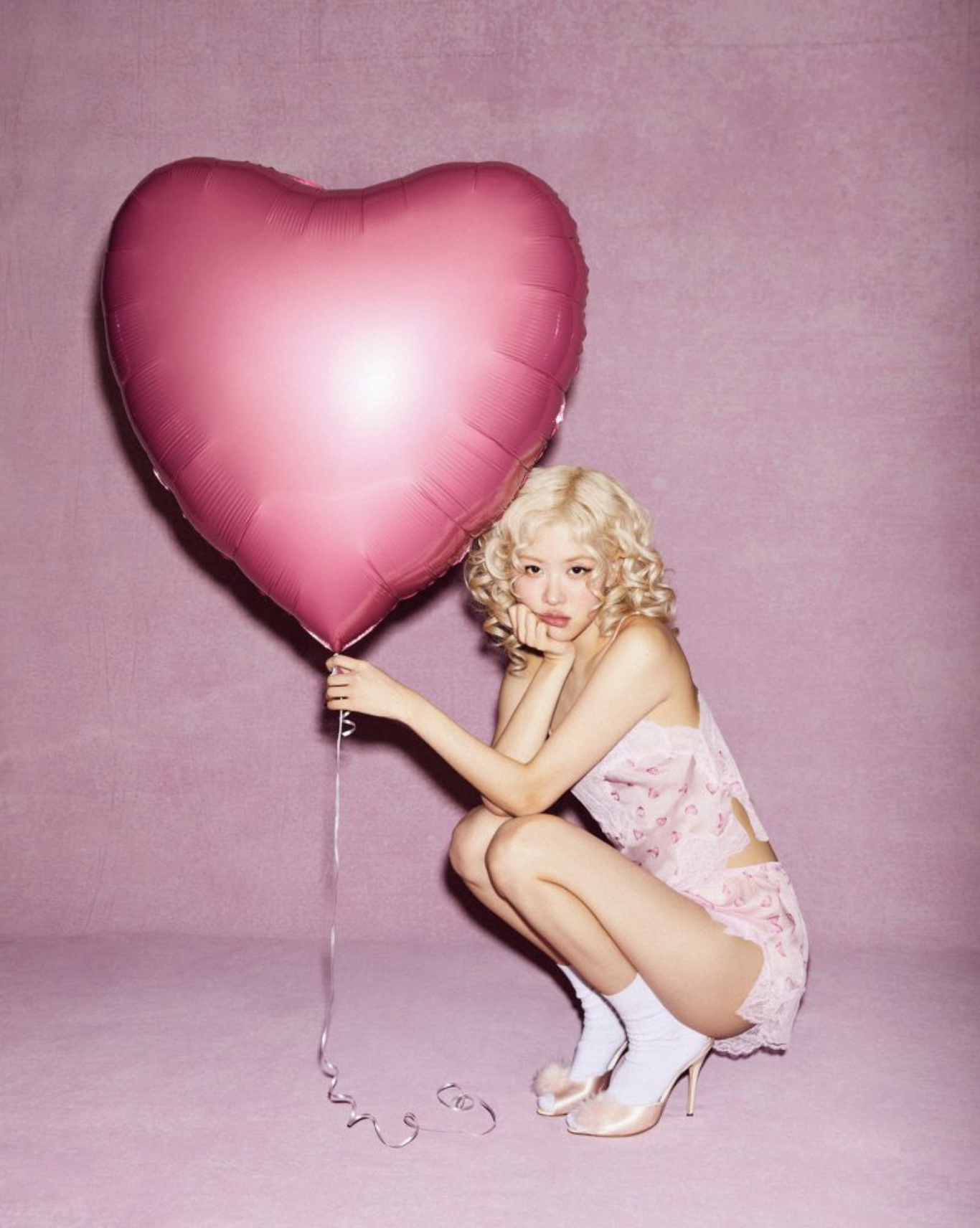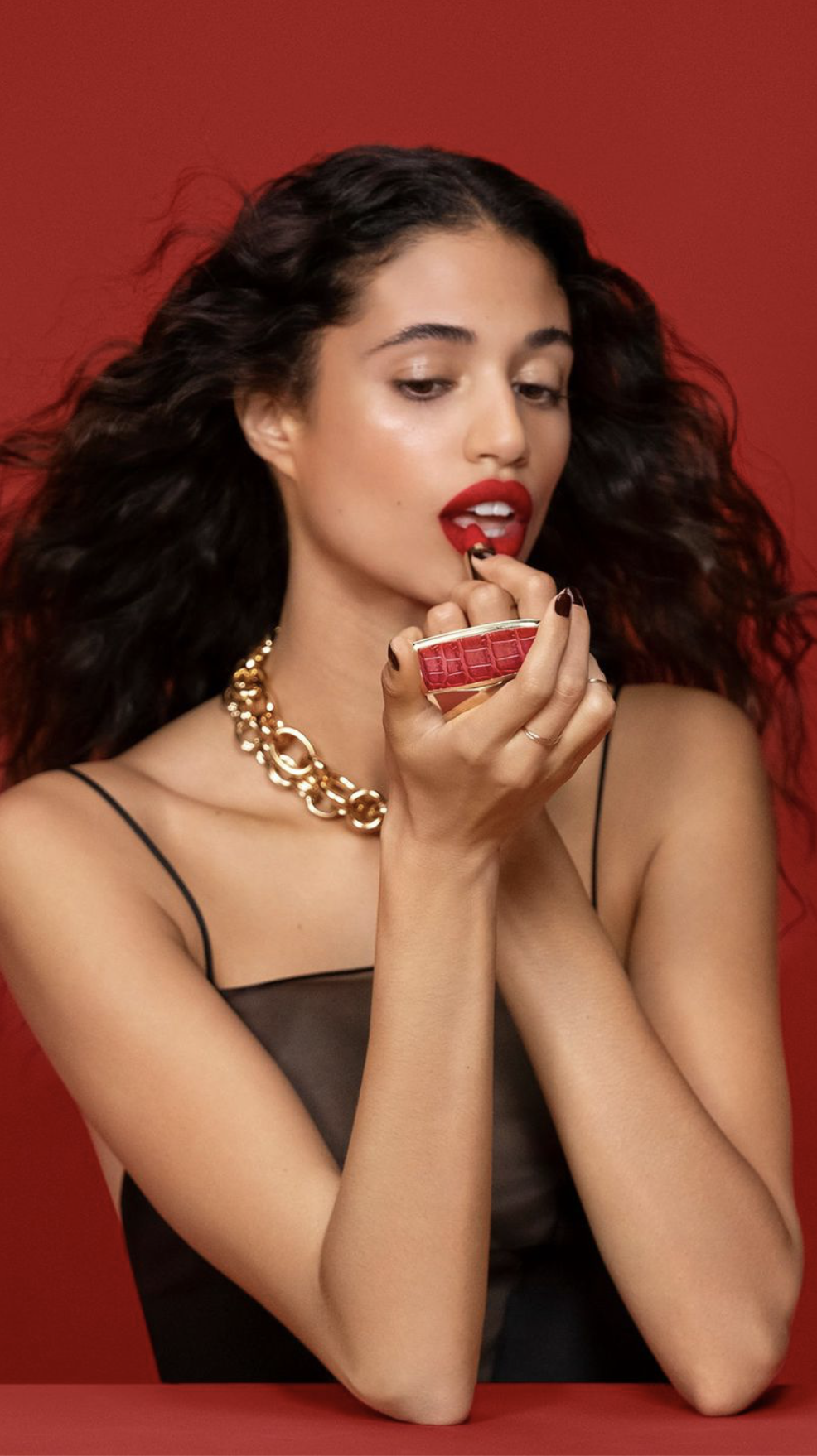Research | Diet Sodas Again Tied To Obesity & Weight Gain
/Diet Pepsi Makes Size 0 Can for Size 0 Fashion Girls AOC BBC
x-posted in AOC Health
Both Pepsi and Coke are promoting the idea that fashionable women ‘think thin’. By drinking their products we will achieve celebrity thin status, which is size 0 today.
Zero calories; zero body fat; size zero body — which is today’s fashion mantra. We’ve been down this road 100 times at AOC.
Karl Lagerfeld, the absolute leader of the size 0 movement in fashion, thinks we all want to look like him. And the new Pepsi Skinny can reminds us that thin is the way to go for fashionable women.
No ultra-thin, body image debates today. Let’s examine the health statistics among diet-beverage drinkers. If drinking diet soda really makes us fat, I suggest we just have an old-fashioned Boston Tea Party and throw the rogues in the river. (Continue after the jump)
Lagerfeld Readies 2011 Couture Diet Coke Campaign AOC Front Page

Many Diet Soda Drinkers Do Get Fat
Researchers at the Texas Health Science Center at San Antonio find that the waists of 474 people in their study expanded the more they drank diet soft drinks. Tracking the group over 10 years, the waists of those who drank diet drinks grew 70 percent more than those who avoided artificial sweetener.
The more diet soda they drank, their waist-circumference measurement was five times higher than non-diet-soda drinkers.
A similar study in 2005 by the team confirmed that the chance of becoming overweight increased with every diet soda consumed.
“On average, for each diet soft drink our participants drank per day, they were 65 percent more likely to become overweight during the next seven to eight years, and 41 percent more likely to become obese,” said Sharon Fowler, M.P.H., faculty associate in the division of clinical epidemiology in the Health Science Center’s department of medicine. She presented the finding June 12 in San Diego at the American Diabetes Association’s 65th Annual Scientific Sessions.
Note that in this study, drinking regular soft drinks with sugar also promoted obesity.
Diet Sodas and Our Smart Brains
In 2009, researchers determined in brain scan tests that while both diet and sugar-free sodas activate the amygdala part of the brain, only real sugar turned on a cherry-sized nugget of brain tissue called the caudate.
We experience the ‘pleasure’ of drinking the soda, perhaps even greater ‘pleasure’ because we think we’re controlling our weight at the same time and are pleased without ourselves for acting ‘responsibly’ and with self-restraint, as Lagerfeld advocates.
Our Brains Say ‘Not So Fast’
Researchers believe our brains detect whether or not we’ve consumed real sugar.
Knowing that it hasn’t actually received a sugar ‘fix’, the caudate section of our brain may still send us looking for real sugar, stimulating appetite, rather than depressing it.
Without an ounce of research to support my next statement it’s possible that a diet soda drinker may eat more, in the same way that people who exercise aren’t necessarily fit. It’s well documented that people expend 250 calories exercising and grab a 250 ‘health’ bar on their way out of the gym. The extra calorie consumption numbers are often worse.
Researcher Edward Chambers reports that the mere taste of real sugar improves performance in athletes.
If the athletes rinse their mouth with sugared water but don’t swallow any, it improves their performance in an hour-long cycling workout by a small but consistent amount. The apparent promise that sugar will soon reach the bloodstream provokes the cyclists’ brains to drive their legs harder — the same way that the promise of a paycheck in the mail motivates a cash-strapped student to go shoe shopping.
The same Chambers experiment on diet sodas failed to produce the same result — if made with the artificial sweeteners aspartame and saccharin. Tasting a nonsweet sugar, maltodextrin (whose flavor was masked with aspartame and saccharin so it tasted the same), improved cycling speed.![]()
“The sweetness is the conscious perception of the substance,” Chambers says. “But there also appears to be this unconscious nutrient-sensing occurring” in the mouth. Athletes couldn’t consciously distinguish the sugared and nonsugared drinks, but their brains picked up the difference.

Asparteme and Insulin Levels
Back at Fowler’s University of Texas Health Science Center a corollary study was conducted on two groups of diabetes-prone mice, one receiving chow with both aspartame and corn oil, and the other corn oil only.
Three months later mice in the high-fat aspartame group showed elevated fasting glucose levels but equal or diminished insulin levels. The result is consistent with early declines in pancreatic beta-cell function. The difference in insulin levels between the groups was not statistically significant.
Beta cells make insulin, the hormone that lowers blood sugar after a meal. Imbalance ultimately leads to diabetes.
We know that abdominal fat is a major risk factor for diabetes, cardiovascular disease, cancer and other chronic conditions, causing Texas researchers Sharon P. Fowler, M.P.H., faculty associate, and Ken Williams, M.S., P.Stat., adjunct assistant professor and biostatistician, in the Division of Clinical Epidemiology at the University of Texas Health Science Center in San Antonio to write:
“These results suggest that, amidst the national drive to reduce consumption of sugar-sweetened drinks, policies that would promote the consumption of diet soft drinks may have unintended deleterious effects.”
Sugar Is Not the Answer
These research conclusions shouldn’t be interpreted as an argument to start drinking soda with sugar. Personally, we don’t drink any sodas of any kind.
To end this troubling new research confirming the health-related, weight-control complexities tied to drinking diet-sodas, we share Anne’s sexy revolt against Coke the morning they took over her Yahoo email with the message:
Coca Cola Does Not Deliver Big O Happiness in a Can

My Coke orgasm will be short-lived.
In the midst of my sugar “high” the caffeine is also working to dilate my pupils and cause my blood pressure to rise. I’m not calm and relaxed. I’m revved up with Coke, waiting for the big O from the white powder guy.
It’s a well-established fact that women need to go much longer to receive orgasmic bliss. Coke says “hurry, baby”.
Besides the fact that Coke piles on the pounds in a culture that demands size O thinness from its women, Coke lets me down hard, as I ride his waves of addictive pleasure.
That little red Coke can is a one-trick pony, pretty-boy seducer with no staying power.
Coke loses it at the worst moment possible. Just as I’m trusting him to deliver the moment, Coke takes me down. I crash not in happiness, but in dissatisfaction and guilt. I am resentful and bitchy in my sugar low, feeling like a failure that I didn’t get off sooner.
Because I thought we were building a relationship, I took my time, wallowing in sweetness, working my way towards the big payoff.
Now I’m feeling low and rejected. Spent, unloved and fat.
In one can of Coke, I’ve consumed 100% of my daily recommended intake of sugar from all foods. Yet the red can stares me in the face saying “Drink me again, baby.” If you want to get to the promised land, you gotta drink another can. This time I promise you will be fulfilled, cuz I’m going all the way this time: total commitment.
More reading:
 Besides Happiness, What Global Values Are Sold in the Coke Can?
Besides Happiness, What Global Values Are Sold in the Coke Can?
 To Diet Coke or Not: The Beverage Wars Take Shape (good discussion of The Moderns and The Cultural
To Diet Coke or Not: The Beverage Wars Take Shape (good discussion of The Moderns and The Cultural







